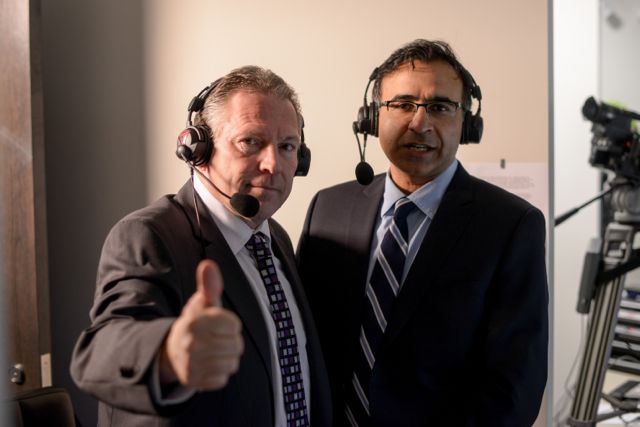"Bluelines: Summer Edition" is written by Ranjan Rupal (right), the play-by-play voice, and Greg Theberge (left), a former Memorial Cup winner and Washington Capitals defenseman and hockey analyst for The OHL Tonight on TVCogeco. Photo by Lindsay Sarazin.
On the eve of the 2015 NHL Draft, our imagination turns to the Edmonton Oilers, holders of the golden ticket, and to a beaming Connor McDavid, as he pulls on his draft jersey, followed by a snugly fitted Oilers’ ball cap, arm in arm with Peter Chiarelli and Gary Bettman. It will be front page news, like the coronation of a new King.
Despite the pageantry of the first overall pick, there will be 209 other players selected, and maybe even a couple of our own, with Riley Bruce and Brett McKenzie on the list of hopefuls. That is the excitement of the NHL Draft. Now that North Bay is once more a dot of significance on the Canadian Hockey League map, we get to participate in the spectacle.
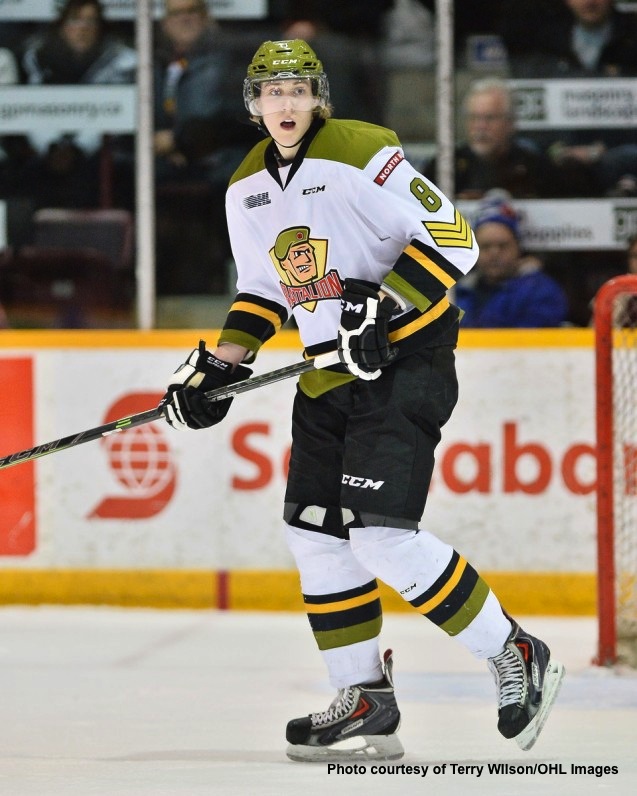
Defenceman Riley Bruce is making life unpleasant for opposing forwards
The Colorado Avalanche nabbed towering defenseman Kyle Wood with the 84th pick in the 2014 NHL Draft. It was exciting to imagine 3-Wood playing alongside Matt Duchene one day. Just minutes later, it was a thrill to see the hero-apparent for the upcoming season, Mike Amadio, selected 90th overall, by the Los Angeles Kings, just weeks after they won the 2014 Stanley Cup.
Kyle and Mike will always be special, because they were our first selectees. Yes, there was Nick Paul. We adore Nick Paul. But hadn’t he been a Brampton Battalion at the time he was selected, in the 4th round of the 2013 NHL Draft, by the Dallas Stars?
Like many of you, I will be fixated on the Sportsnet ticker, running across my mobile device, waiting for word of our next set of NHL hopefuls, two of our favorite players, Riley because it’s fun to yell Br-uuuuuuuu-ce when he staples a visitor to the end boards, and Brett, for his steady progress up the depth charts, dogged backchecking and composure in the faceoff circle, both young men carefully and painstakingly groomed by Coach Butler and his assistants, Ryan Oulahen and John Dean.
Both players were the subjects of much discussion in the Media Lounge at Memorial Gardens. For what it’s worth, I would shamelessly pitch each of them, to any scout who would listen, extolling Riley’s courage in his rookie season, how he stepped into the fray when Dylan Blujus and Kyle Wood were out, waiting until the playoffs of his second full season before notching his first goal, or Brett, our very first OHL Priority Selectee, and his steady resolve and tireless work ethic, and that goal scorer’s physique, blessed with an electrifyingly wicked release.
.jpg)
Brett McKenzie has become a trusted 2-way forward for the Battalion
Some scouts listened intently. Others nodded with an air of vacancy, more intent on Bitonti’s lasagna then anything I had to say, which was understandable, for they were often weary and worn, having been snowbound in Sault Ste. Marie the night before, and in Saginaw a few nights before that.
It’s not an easy life, but clearly the pro scout is just as much a part of the NHL Draft as the players they’re reporting on. It’s just that on Draft day, no one ever talks about the hours, the miles, the suitcases or the rumpled suits. Pro scouts operate in the shadows, atop Section 1, notebook in hand, cold coffee and Rolaids at the ready.
To find out more more, I spoke with Mark Seidel, Chief Scout at North American Central Scouting.
Ranjan: Describe the art of scouting…
Mark Seidel: What you’re trying to do is evaluate hockey players at various levels. Obviously we do it for the NHL Draft, the OHL Draft, but in different capacities. Depending on the age you're scouting, you’re looking for different traits, but ultimately what you’re looking for is players that can play at the level that they’re going to be drafted at.
You’re not only trying to evaluate them as players on the ice, and what they can do and what their physical gifts are, but the tricky part of the business is trying to evaluate them off the ice, getting to know what kind of people they are, what kind of teammates they’re going to be, and that goes from everything from talking to teachers, to talking to neighbours, talking to trainers, and everyone in between. So you’re really trying to evaluate how they can fit in, and if they can help the team, whether it be for a client of ours, or a team you’re working with, you try to evaluate the whole person. At the NHL Draft they’re older, and you’re trying to determine can they be professional players and play in the National Hockey League, whereas in the OHL draft we’re looking at 14 and 15 year old kids and trying to determine can they play junior? In the end you’re trying to find quality hockey players that can fit in and be part of a winning team.
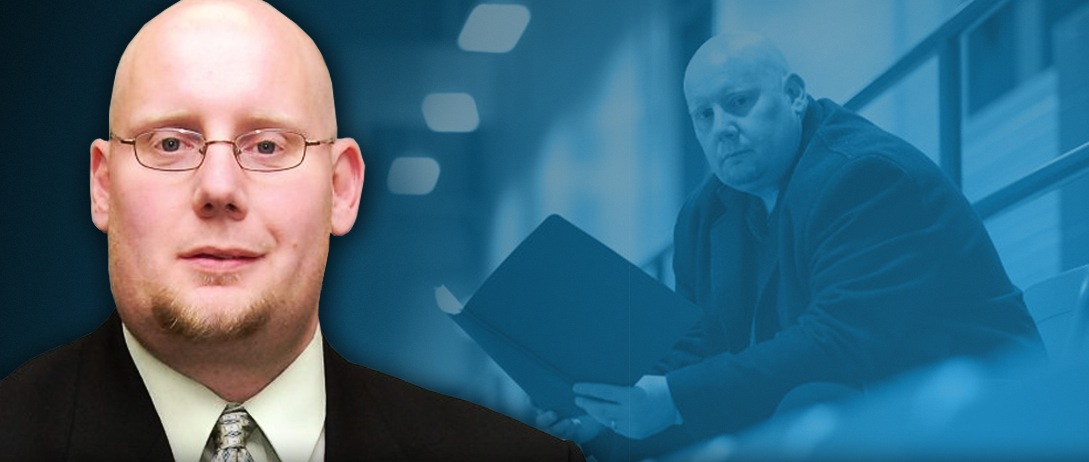
After 20 years, Mark Seidel of North American Central Scouting provides sought-after advice
Ranjan: Sounds a bit like detective work...
Mark Seidel: It is. It’s changed a little bit from when I first started 20 years ago. Certainly they did interviews and you try and get to know the kids a little bit, but especially at the NHL Draft, the investment that teams are putting into these young men is incredible, and scouting has become so vital, especially because of the salary cap. There’s that much more pressure and you can’t waste a draft pick.
When I first started you could take a flier on a guy and hope he panned out, but now there’s so much at stake, and they have to try and dig into, not only his skills and abilities on the ice, but also how he is in person, how he will be as a teammate, how does he respond to coaching, and if he’s mentally strong. There are so many different factors; psychological testing has become a big part. Every team does fairly enhanced psychological testing, and we do some ourselves. It’s become a lot more in-depth than it ever was, and you’re right, some of it becomes detective work, and you try and find out if those people are worthy of a team putting an investment in them.
Ranjan: Let’s take a step back and tell me how you got into the scouting game…
Mark Seidel: Well I started out in Tier II junior hockey, building teams as a general manager in the Northern Ontario Junior Hockey League. The evaluation of players was something that intrigued me. From there, I got lucky, I got a couple of breaks, and got into the Ontario Hockey League and did some National Hockey League scouting and got hired by the Minnesota Wild. From there I progressed over the 20 years, and built up a reputation. So it's been good. It’s a pretty challenging thing that I enjoy. It’s the kind of thing that’s not a standard job, and it's not a standard profession, but it’s really a challenge to whether or not myself, or the company or team I’m working for, if we can do a better job than the other teams in the League, or the other rival agencies.
Ranjan: What you would tell someone who wants to be a pro scout?
Mark Seidel: [laughs] It’s a long process. I get at least an email a week, sometimes more, from young people, certainly people in sports administration programs, or people that think it's a profession they’d like to do.
The thing I always tell people mostly: you have to get in at the ground floor; you have to want to put your time in. I always tell people to affiliate yourself, or get involved, with a local midget team, or local junior team, and work your way up. The hockey business, and especially scouting, is very much relationship-based, so you build those relationships and create partnerships, and start to build a reputation.
But a lot of time, I'll get young people who say I want to get in and hopefully I can make some money. Well you’re not going to make any money for a while because so many people want to be scouts. You have to put your time in, and certainly, the way I look at it, it’s an apprenticeship for a young guy, like any other skill, something you have to work at, you have to want to put in the time, and get to the games. When I first started I could evaluate players pretty good but I look back and I sort of laugh at my original concepts…it’s like any other skill, you have to continue to work at it, to get better at it.
Ranjan: Looking at what’s happened in Toronto, being a scout doesn’t offer a lot of job security...
Mark Seidel: No, it’s a brutal business, it really is, Ranjan. Edmonton just gassed a couple of guys yesterday, they got fired, and they’re really good people. I know a bunch of those Toronto scouts and they’re really good people too, and come June 30 a bunch of other friends of mine, all guys in the business, are going to get fired as well.
It’s tough, and the most you can ever hope for as a scout is a 3-year deal, worth $80,000 to $120,000 per year. It’s not like going to work at your local plant, or getting a career and knowing when you’re going to retire. It’s very difficult, and it’s a bit of a nomadic lifestyle, certainly being on the road, being away from home, being in hotels and airports a lot. There’s not a whole lot of security, and I always tell people it’s something you have to have a passion for.
Look at those 18 guys who got fired by the Leafs. They weren’t responsible for some of those draft picks that didn’t pan out, but yet they got painted with that brush, and now they’re out in the cold looking for a job. Every year after the Draft, you’re going to see turnover, and this year probably more than most years. It’s a tough lifestyle and a tough job, but at the end of the day it’s enjoyable if you’re successful at it.
Ranjan: Moneyball. What’s all this about analytics? Describe the role of analytics in assessing talent…
Mark Seidel: Analytics is a new catchphrase, a new buzz right now, but teams have been using analytics in various forms for years now. Certainly within the last few years there’s been an emphasis put on it, so I look at analytics as a tool. But there are many tools in the toolbox: psychological testing is one; fitness evaluation is another; on-ice performance; and analytics is just another one of those tools. It’s not the be-all, end-all, but it certainly another tool we can use to evaluate players. The problem I have with analytics is that it’s only as good as the data. Hockey is still far behind some of the other sports in developing comprehensive data that we can use as evaluators.
I think analytics has a bigger role to play, in terms of evaluation of your own team, for example. Kyle Dubas, this year, spent a lot of time in analytics, looking at the Leafs team and trying to determine how players played for that team, but in terms of the Draft, you’re looking at guys who are playing major junior, or high school, or NCAA, and the analytics, the data being put in, is not as good as the National Hockey League’s data. It’s still got a ways to go, but it’s a tool that we can use.
Ranjan: You’re flying to Florida this morning, what is a typical day in the life of Mark Seidel, for this weekend’s NHL Draft?
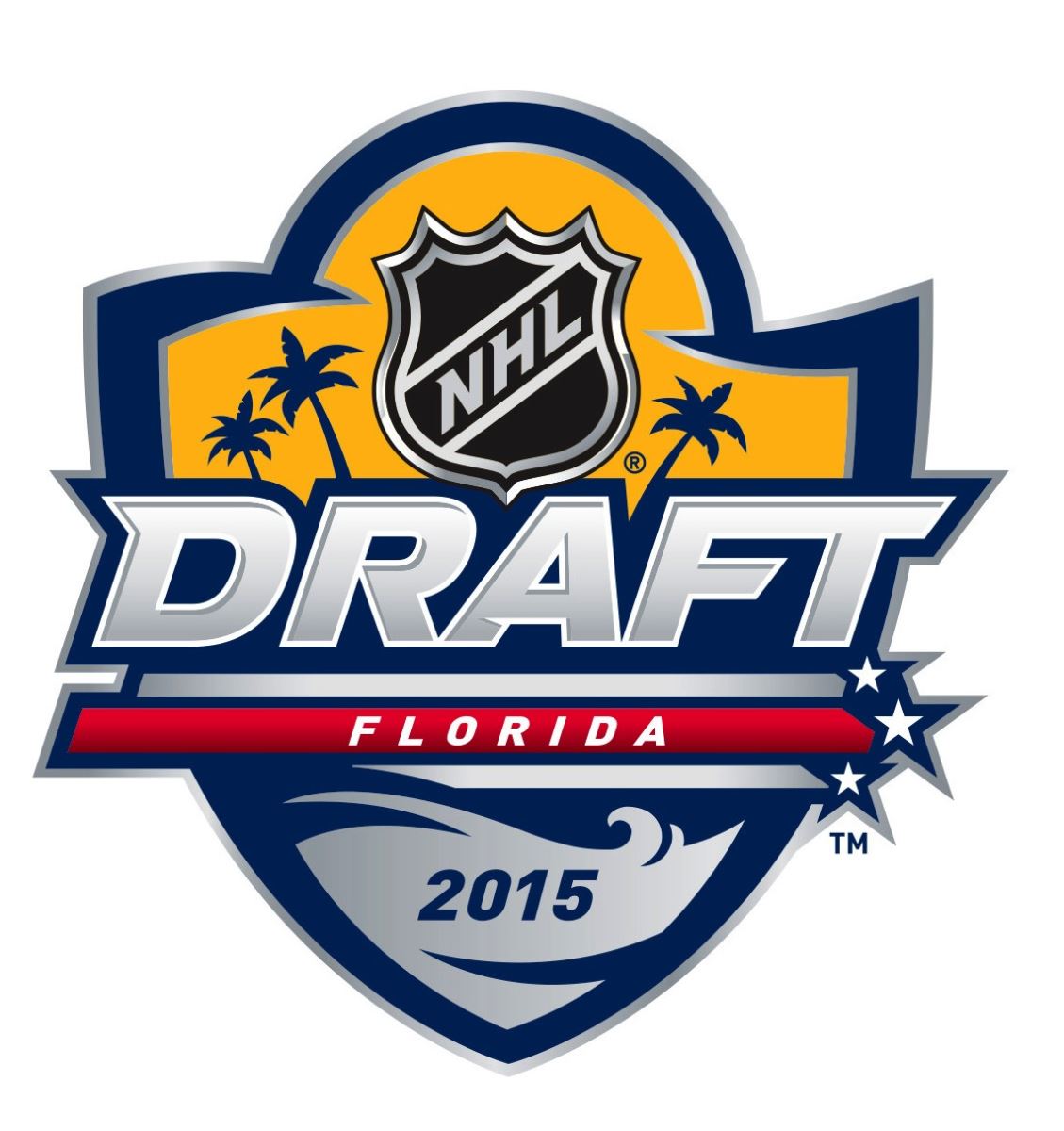
Mark Seidel: For us, it’s a year’s worth of work put into five or six days. Certainly when we’re at the Draft, and leading up to the Draft, we’ll be meeting, getting calls, and texts, from teams and from agents. We’ve got some different roles to play at the NHL Draft, not only the Draft itself, but we’ve got the CHL Import Draft coming up, and we’ve got some clients that are looking to draft some European Import players. So we’ll meet with agents to try and determine players that are willing to come over, and what kind of situation they’re looking for.
There’s the networking aspect of meeting with NHL teams, some of them are clients, and we’ll go over our rankings with them, and they’ll have questions on certain players that we know of, and what we think about other players.
We do a lot of media work as well, every day there’ll be 3 or 4 interviews, and we try and spread the word, we try to promote the game of hockey in the southern states and so we try, as a company, to honour such media requests.
Ranjan: Just who is NACS’s customer?
Mark Seidel: It’s changing, to be honest. We used to do nothing with the fans really. We were focused solely on teams, whether National Hockey League or minor pro, or major junior teams. The business model is changing to where the fan is becoming much more involved, and wants more information, and that, we realized, is a revenue source we can tap into. We’ve been pretty successful. Now some of that has been driven by the fact NHL teams are starting to cut back their resources on this stuff. When I first started, they were much more willing to spend bigger dollars on it. But now, every team has their own full staff.
Ranjan: What are today’s NHL teams looking for? Describe how a mountain of information boils down to a few prospects…
Mark Seidel: It has actually become more than 12 months work. Teams are spending two years now, and a lot of teams will employ a couple of guys who only look at underage guys for the first 12 months, and then the second 12 months they’re looking at guys eligible for the Draft. So it becomes more than 12 months effort boiled down to two days this weekend.
NHL teams have scouts all over: North America and Europe and Russia, so over the course of the year they’ve had meetings in which they try to boil down and create an ordered list of potentials. When they get to the Draft, they simply try to go down that list, 150, 160 guys deep, you’re just trying to get the next best player available and then turn that player over to the development group within the team, and they try and develop them into NHL players down the road.
Now, on occasion you’ll go based on a position: if they haven’t drafted a goalie, and it’s the fourth round, they’ll look at the best goalie on their list. It becomes a case of them trying to identify guys in the best order. We’re different than the National Football League, where they draft 23-year old men who are going to step in next year and play. We’re drafting 18-year olds that are probably four or five years away from playing in the NHL, so you can’t necessarily draft on position like in the NFL, or even the NBA for that matter.
Ranjan: How does NHL Central Scouting fit in to all this?
Mark Seidel: They’re obviously employed by the National Hockey League and they create a kind of finder’s list, a ranking system, much like we do at our firm, and at some of the other independent scouting agencies out there. NHL Central Scouting has access to the players, access to the teams, with more regularity than we do, because obviously they work with the National Hockey League. They’re just another resource that teams use, and certainly there are times when NHL teams will agree with what NHLCS has for their rankings, and plenty of times they’ll disagree, much like they'll do with our rankings.
Ranjan: What would you say to those 1997-born players who don’t hear their name called at the NHL Draft?
Mark Seidel: Let me first say... what you have to understand is that these are 17-year old kids, and what we trying to do is evaluate 17-year old kids and how they’re going to perform when they’re 25-year old men. I could give you a laundry list high-end NHL hall-of-famers that were never drafted into the National Hockey League. Certainly in the scouting world we make mistakes, teams make mistakes, and guys get passed over. It can be a frustrating experience for people who were a star in the Ontario Hockey League, who have been stars their whole life, and all of a sudden NHL teams are saying you weren’t good enough for us to draft.
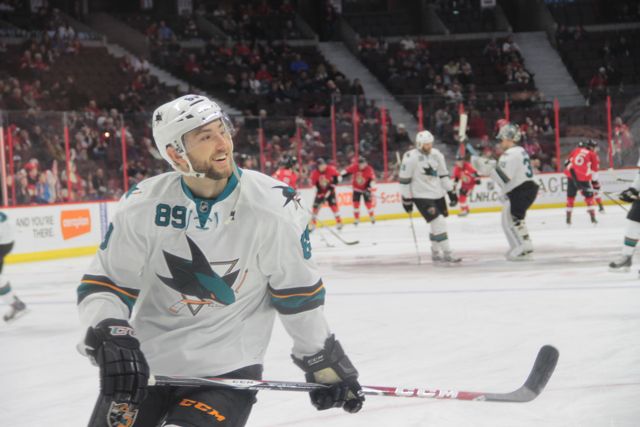
Barclay Goodrow stands out as an example of the rewards of perserverence
A lot of times a guy will go one of two ways: it spurs some to train harder, to work harder, to become better players and show those NHL teams down the road that they were wrong. In North Bay you’re looking at a guy like Barclay Goodrow who, obviously, was a great player for the Battalion who, on a number of occasions, NHL teams determined wasn’t good enough and wasn’t worthy of a pick -- and now you see him in the National Hockey League. So Barclay took the right approach to it, and said I’m going to show you guys I can get better and I want to be an NHL player. On the other hand, some guys get frustrated and decide…you know what? I’m not good enough, and I'll just continue my junior career, with no aspirations to be an NHL player. Those are the guys you don’t want.
It’s the guys who take it as a challenge, and get better every day, and work at it. Barclay is a great example of a guy who just continued to work hard every day. Foot speed was always one of his issues, but he worked hard at it, and turned himself into a good NHL player.
Ranjan: Since the Battalion moved to North Bay, I’ve come to view the club as Stan Butler’s Finishing School. Last chance Entry Level Agreements for players brought in at the trade deadline: Ben Thomson, Ryan Kujawinski, Nick Moutrey. Explain Coach Butler’s reputation as a developer of talent…
Mark Seidel: Stan is an excellent coach. I think his reputation is as one of the best junior coaches in all of Canada, quite frankly. Stan’s specialty is one of teaching guys to play 200-feet. Certainly he makes sure that if you’re going to play for him and be a member of a Stan Butler team, you’re going to understand you’ve got defensive responsibilities and you’re going to have to take care of your own end, along with trying to put the puck in at the other end. I think that has become Stan’s calling card and why his teams have been successful, and that’s why you’ll see guys who come play for Stan and develop into real players.
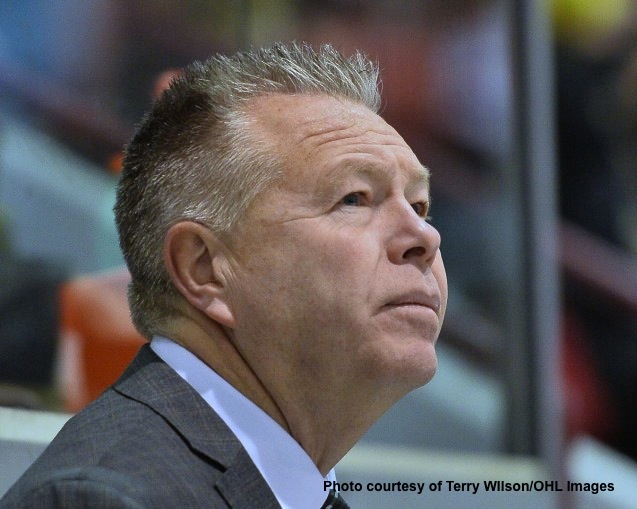
Coach Stan Butler has earned a reputation as a top developer of NHL talent
A guy like Ryan Kujawinski, coming into the Ontario Hockey League, was known primarily as an offensive guy, a big power forward who was good in the offensive end, but lacked defensive ability. You really saw his game flourish at the end of last season. I was convinced New Jersey wasn’t going to sign him until a month was left in the season, and once Stan got a hold of him, and convinced him that he had to play a more complete game, and to Ryan’s credit he really bought in, and then got signed by New Jersey. That’s the kind of stuff that Stan does. He makes guys accountable and, as an NHL team, the last thing you want to do is bring guys in and need to teach them how to play defense. Everybody in the business knows that anyone who played for Stan Butler has a thorough understanding of the defensive side of the game.
Ranjan: Finally, a word on who you think are the top-5 scouts in the NHL right now…
Mark Seidel: I look over the past 5 or 6 or 10 years at guys who have had incredible success. I look at a guy like Trevor Timmins in Montreal. They’ve had a bunch of really good drafts. I think that Joe MacDonnell, who is now the head scout in Dallas, is a phenomenal evaluator. He was in Detroit for a number of years and everybody marveled at how good a job that Detroit kept doing with the draft, and I think a lot of that was Joe MacDonnell and Jim Nill, who joined forces and went to Dallas together.
Al Murray in Tampa Bay has bounced around the League: he was with Hockey Canada and then he went to Tampa Bay with Steve Yzerman and the last 5 or 6 years has shown an incredible ability to draft. The good thing about scouting is that you can look back at drafts and you can’t change the past. A team’s picks are there forever to see, and you can tell who has done their homework.
